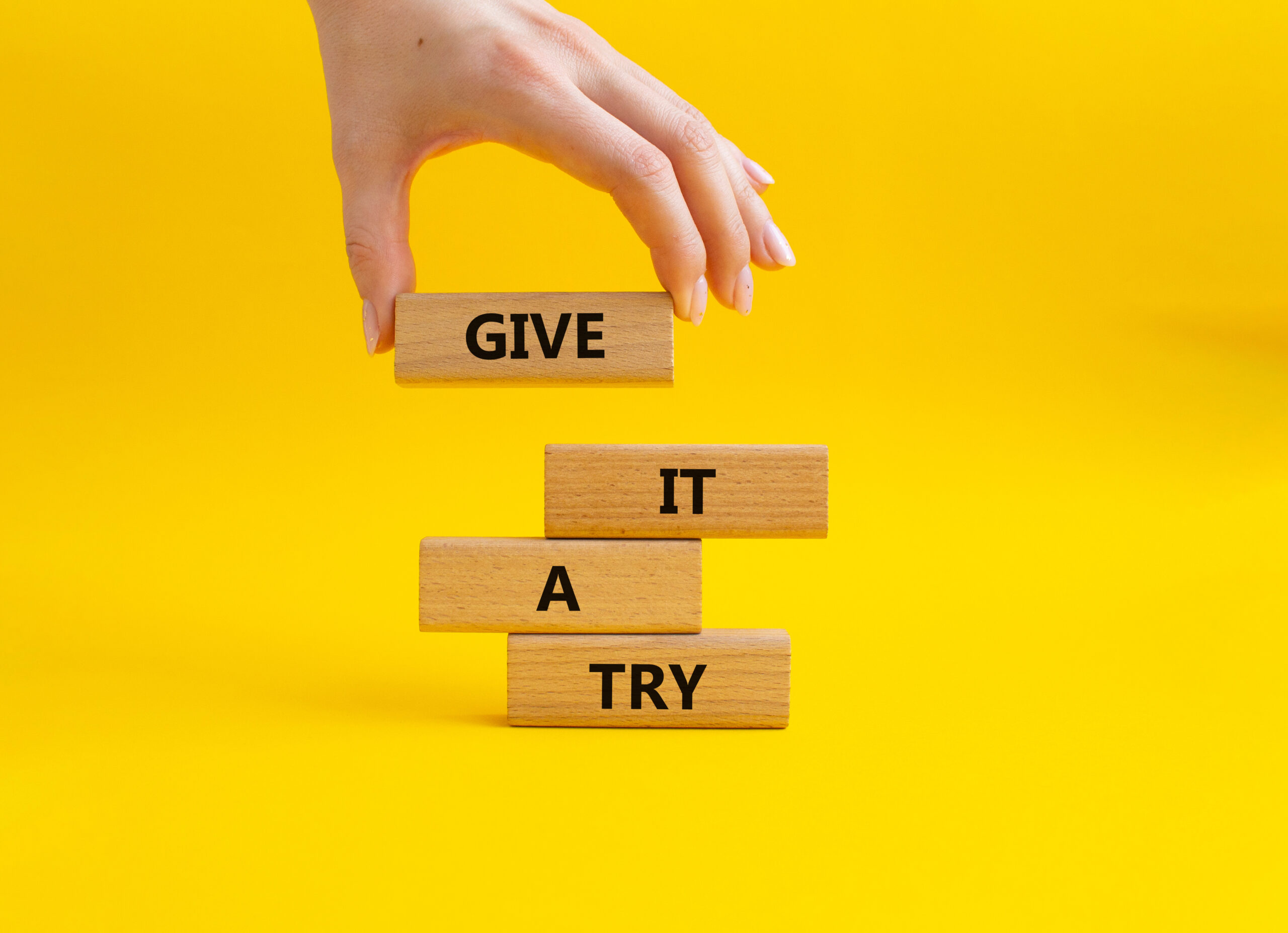The Agile Coach’s Mission
As an Agile Coach, part of your purpose is to guide an organization’s transition from the formal training environment, where they’re first being exposed to agile principles, to effective implementation. Without you, the Scrum Master and/or the Agile Team Coach, an organization can quickly revert back to the dysfunctional and problematic behaviors and practices that dominated the pre-transformation culture; one of the reasons why the rate of recidivism is so high in the agile transformation space. You’re here to make sure things stick. Read on to discover how you can enhance your effectiveness as an Agile Coach with mindfulness practices.
The Unspoken Challenge of Agile Coaching & the Importance of Soft Skills
I’m fortunate to be in the role of training and coaching Agile Coaches to perform these critical functions. This is why I spend a fair amount of time focusing on what are commonly referred to as “soft skills,” which are often missed in formal training but are critical to creating an environment where people can interact in concert with others. These so-called “soft skills” are indispensable for creating an environment where team members can work in harmony. Similarly, as a trainer of Agile Coaches, I emphasize individual development and the cultivation of these skills on the part of the Agile Coach. This promotes a culture where coaches can embrace an appreciation for continuous improvement, constantly learning and improving themselves in the context of their role.
When I attended my first Agile Coaching class, the instructor was very adamant about our role when we were coaching a team – we were there to observe what was going on and then document those observations. The analysis portion was to come later, he said.
Indeed, the leap from observing to understanding and acting is vast, filled with personal biases and a deluge of thoughts that can cloud judgment. This highlights the necessity for a different approach. But in practice, it can be alot easier said than done.
The minute I started observing the events with my first team, my brain kicked into gear. I had a torrent of thoughts and observations, consisting of my own questions, correlations I was seeing, and the bevy of personal opinions and bias that I was seeing amongst the team. I spent the better part of the first week trying to piece together what I had missed in my training while trying to find a solution for the issues that I was observing. The problem was painfully clear to my instructor when we reviewed my coaching notes. “They’re a little thin,” he said, referring to my notes. After I admitted what was going on, he said, “Congratulations, you learned your first significant lesson.”
I needed to do something different, and I knew exactly where to start. I spent the better part of the last 20 years studying and practicing various forms of mindfulness, so I began to reflect on that training.
The Power of Mindfulness in Navigating Complexity
Mindfulness practice emerges as a crucial tool for Agile Coaches to manage their thought processes and biases effectively. By understanding the distinct layers of the human mind—from the automatic generation of thoughts to the underlying field of awareness—we can develop a more nuanced approach to observation and reaction in coaching scenarios.
There are two facets of the human mind that we need to look at in this scenario. The first is that the human brain is a thought-generating machine. That’s its job, period—basic survival stuff.
Estimates are that a person receives ten thousand sensory impressions per second. That’s an unimaginable amount of information that the brain must prioritize. What is vital and what is useless seems outside the person’s conscious mind as the brain sorts out what goes into its higher functions.
Being mindful of one’s thoughts can help a coach navigate these choppy waters with an attention span that’s long enough to be effective, and can also help us avoid personal bias.
The second facet of the human mind that’s worth exploring here is that behind that discursive and often chaotic process of processing our thoughts is an omnipresent field of awareness regardless of what else is happening. This is an essential distinction between thinking and awareness, and we know that because we can watch our thoughts come and go and be separate from them, we are not our thoughts themselves. And that is something we can work with.
Something else happens when we move from awareness, or observing, to thinking. We move from the third person-limited perspective to first person perspective. To use a literary metaphor, we shift our focus to ourselves and what we believe is happening right now rather than what is actually going on.
When this happens, a coach can be more vulnerable to being triggered by something that occurs during a coaching session that is beyond their control. Instead of being fully present and understanding what’s needed, they may react based on a predisposition entirely off their radar. I once watched a coach lay into a team screaming, “Why don’t you get this?!”, after several Sprint Reviews didn’t go according to plan. How effective is that coach who is so out of touch with their own self-awareness that they automatically assume it’s the team’s fault and not theirs?
We coach people to be non-judgmental, non-biased, and impartial in their observations, yet that can be harder to do than we give it credit for, and we often don’t teach skills around how to get there. We, as coaches, need to remain rooted in a concept that’s known as the Witness Perspective.
By understanding the distinct layers of the human mind—from the automatic generation of thoughts to the underlying field of awareness—we can develop a more nuanced approach to observation and reaction in coaching scenarios.
Practical Mindfulness Exercise for Agile Coaches
Here’s a little exercise that can help with this, and it only takes 5 minutes per day. Try this daily for a week or two and see if you notice a difference. I prefer to do it in the morning, but it doesn’t matter when you do it.

- Start by finding a comfortable place to sit, and don’t lie down as it’s conducive to falling asleep, particularly in the morning. Sit comfortably, close your eyes, and focus on your sense of awareness. It might take a few minutes to get the hang of it the first couple of times, but everyone eventually does if they stick to it.
- Be completely non-judgmental of yourself. Thoughts like, “I can’t do this,” or “This will never work,” are common and only become problems when we fail to see them merely as thoughts and begin to identify with them. Removing this identification with the thoughts that arise is the key to developing this skill. And that’s what this is – skill development. When we don’t identify with our thoughts, they tend to fade into the background and are less likely to interrupt our observations. We can never completely stop the thoughts from happening, but we can change our relationship with them.
- Once you’ve got that part down, watch as thoughts come into your field, and don’t interfere. Simply observe. When you realize that you’ve drifted off and are chasing thoughts or overly identifying with them, bring your attention back to your field of awareness. Do this for 5-10 minutes daily and see how this affects your ability to stay focused and observe without thinking. This will positively impact other areas of your life that require you to be present, in the moment, and ready to more objectively observe what’s going on in front of you.
Embracing Continuous Improvement
The journey towards becoming an effective Agile Coach is ongoing, with mindfulness and soft skills playing critical roles. By dedicating time to personal development and practicing mindfulness, coaches can enhance their ability to guide teams more effectively, ensuring the lasting impact of agile transformation efforts.
Until next time.
John
About John Roach
John Roach is a Registered Scrum Master™ and Registered Scrum Trainer™, and has a 20 plus year career in Agile and Enterprise Program Management. Prior to joining Scrum Inc as an Agile Consultant, John spent four years on the Agile Transformation Team at TDAmeritrade where he was the HR lead. He has had an extensive career in the automotive industry and has also worked as a consultant in healthcare, fintech, and banking. He lives in the Detroit metro area with his wife, Kristina, and his dog, Ava. When he’s not working, you can probably find him at the beach or on the ski slopes.

